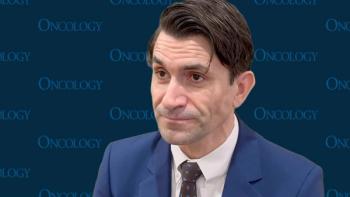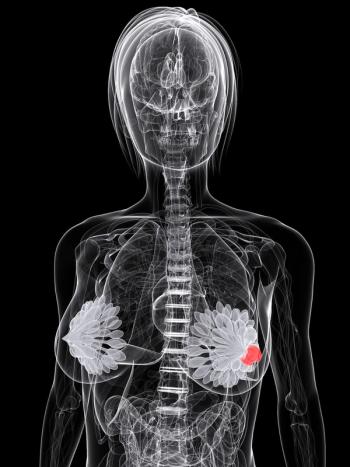
Reid Merryman, MD, on Pre- and Post-Transplant Data for Patients with DLBCL
Merryman explains the value of evaluating separate transplant-related questions for patients with relapsed or refractory diffuse large B-cell lymphoma.
Reid Merryman, MD, of the Dana-Farber Cancer Institute, spoke with CancerNetwork® about the significance of dividing cohorts of patients with diffuse large B-cell lymphoma (DLBCL) into by pre- and post-transplantation groups and the questions that need to be asked from an oral presentation at the 2020 American Society of Hematology (ASH) Annual Meeting & Exposition.
Transcription:
So, I think it’s kind of 2 different questions. Looking at samples before transplant, you’re asking, “could we use information that we have to determine if transplant is the right treatment approach for patients?” And [What’s] different from 5 or 10 years ago, I think [is that] we have novel treatments. The obvious one would be CAR [chimeric antigen receptor] T-cell therapies that could potentially be used with curative intent in this setting for patients who we think might do poorly with autologous stem cell transplant.
We’re asking a little bit of a different question for the serial samples after autologous stem cell transplant. In that setting, obviously, the patient has undergone transplantation. The question would be, “are there things that we could do in terms of maintenance or consolidation therapies that might improve outcomes for high-risk patients who are likely to relapse?”
Newsletter
Stay up to date on recent advances in the multidisciplinary approach to cancer.
















































































